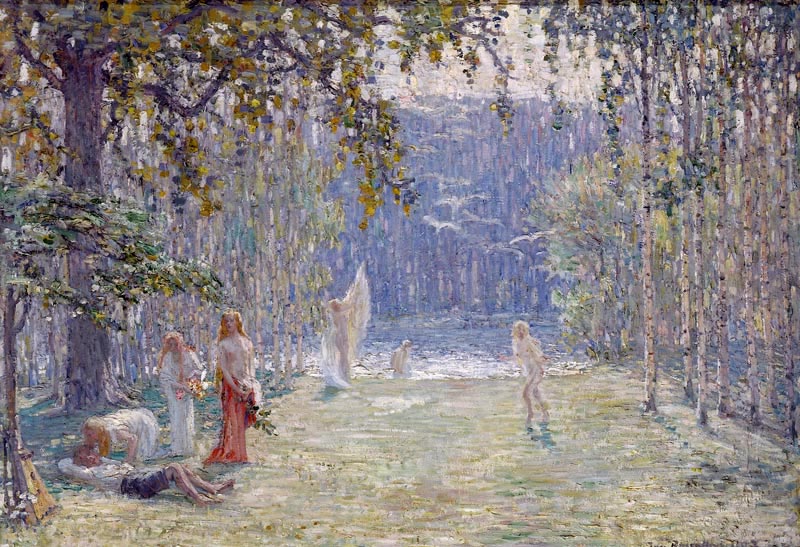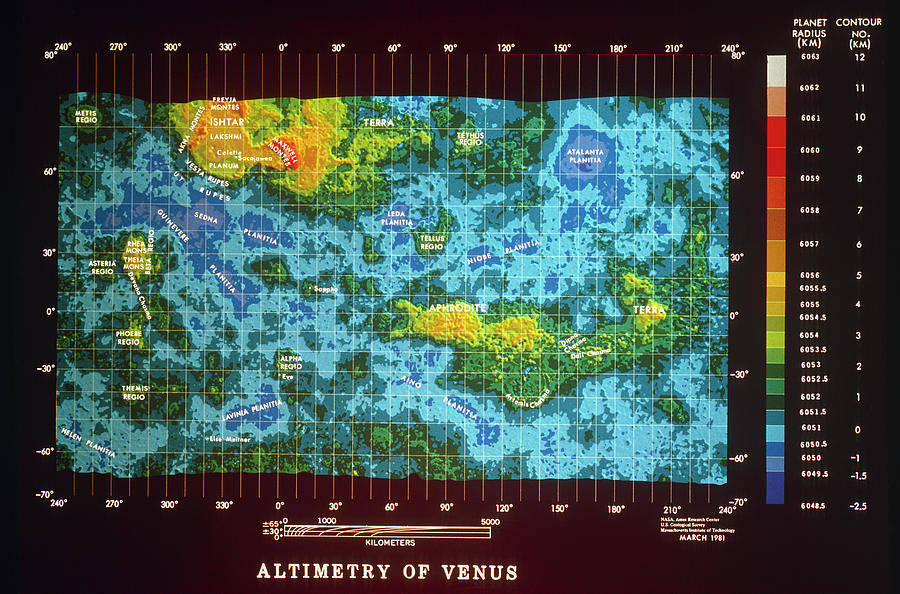|
Saulė (Lithuanian Mythology)
Saulė (, ) is a solar goddess, the common Baltic solar deity in the Lithuanian and Latvian mythologies. The noun ''Saulė''/''Saule'' in the Lithuanian and Latvian languages is also the conventional name for the Sun and originates from the Proto-Baltic name *''Sauliā'' > *''Saulē''. Representation Saulė is one of the most powerful deities, the goddess of the sun itself, responsible for all life on Earth. She is the patroness of the unfortunate, especially orphans. The Lithuanian and Latvian words for "the world" (''pasaulis'' and ''pasaule'') are translated as " placeunder the Sun". Saulė is mentioned in one of the earliest written sources on Lithuanian mythology. According to the Slavic translation of the Chronicle by John Malalas (1261), a smith named Teliavelis made the Sun and threw it into the sky. Missionary Jerome of Prague (ca. 1369–1440) spent three years attempting to Christianize Lithuania and later recounted a myth about the kidnapped Saulė. She wa ... [...More Info...] [...Related Items...] OR: [Wikipedia] [Google] [Baidu] |
Icon
An icon () is a religious work of art, most commonly a painting, in the cultures of the Eastern Orthodox, Oriental Orthodox, Catholic Church, Catholic, and Lutheranism, Lutheran churches. The most common subjects include Jesus, Mary, mother of Jesus, Mary, saints, and angels. Although especially associated with portrait-style images concentrating on one or two main figures, the term also covers most of the religious images in a variety of artistic media produced by Eastern Christianity, including narrative scenes, usually from the Bible or the lives of saints. Icons are most commonly painted on wood panels with egg tempera, but they may also be cast in metal or carved in stone or embroidered on cloth or done in mosaic or fresco work or printed on paper or metal, etc. Comparable images from Western Christianity may be classified as "icons", although "iconic" may also be used to describe the static style of a devotional image. In the Greek language, the term for icon painting uses ... [...More Info...] [...Related Items...] OR: [Wikipedia] [Google] [Baidu] |
John Malalas
John Malalas (; ; – 578) was a Byzantine chronicler from Antioch in Asia Minor. Life Of Syrian descent, Malalas was a native speaker of Syriac who learned how to write in Greek later in his life. The name ''Malalas'' probably derived from the Syriac word 'rhetor, orator'; it is first applied to him by John of Damascus. The alternative form ''Malelas'' is later, first appearing in Constantine VII. Malalas was educated in Antioch, and probably was a jurist there, but moved to Constantinople at some point in Justinian I's reign (perhaps after the sack of Antioch by the Sasanian Empire in 540); all we know of his travels from his own hand are visits to Thessalonica and Paneas. Writing He wrote a ''Chronographia'' () in 18 books, the beginning and the end of which are lost. In its present state it begins with the mythical history of Egypt and ends with the expedition to Roman Africa under the tribune Marcianus, Justinian's nephew, in 563 (his editor Thurn believi ... [...More Info...] [...Related Items...] OR: [Wikipedia] [Google] [Baidu] |
Mars
Mars is the fourth planet from the Sun. It is also known as the "Red Planet", because of its orange-red appearance. Mars is a desert-like rocky planet with a tenuous carbon dioxide () atmosphere. At the average surface level the atmospheric pressure is a few thousandths of Earth's, atmospheric temperature ranges from and cosmic radiation is high. Mars retains some water, in the ground as well as thinly in the atmosphere, forming cirrus clouds, frost, larger polar regions of permafrost and ice caps (with seasonal snow), but no liquid surface water. Its surface gravity is roughly a third of Earth's or double that of the Moon. It is half as wide as Earth or twice the Moon, with a diameter of , and has a surface area the size of all the dry land of Earth. Fine dust is prevalent across the surface and the atmosphere, being picked up and spread at the low Martian gravity even by the weak wind of the tenuous atmosphere. The terrain of Mars roughly follows a north-south ... [...More Info...] [...Related Items...] OR: [Wikipedia] [Google] [Baidu] |
Saturn
Saturn is the sixth planet from the Sun and the second largest in the Solar System, after Jupiter. It is a gas giant, with an average radius of about 9 times that of Earth. It has an eighth the average density of Earth, but is over 95 times more massive. Even though Saturn is almost as big as Jupiter, Saturn has less than a third its mass. Saturn orbits the Sun at a distance of , with an orbital period of 29.45 years. Saturn's interior is thought to be composed of a rocky core, surrounded by a deep layer of metallic hydrogen, an intermediate layer of liquid hydrogen and liquid helium, and an outer layer of gas. Saturn has a pale yellow hue, due to ammonia crystals in its upper atmosphere. An electrical current in the metallic hydrogen layer is thought to give rise to Saturn's planetary magnetic field, which is weaker than Earth's, but has a magnetic moment 580 times that of Earth because of Saturn's greater size. Saturn's magnetic field strength is about a twen ... [...More Info...] [...Related Items...] OR: [Wikipedia] [Google] [Baidu] |
Jupiter
Jupiter is the fifth planet from the Sun and the List of Solar System objects by size, largest in the Solar System. It is a gas giant with a Jupiter mass, mass more than 2.5 times that of all the other planets in the Solar System combined and slightly less than one-thousandth the mass of the Sun. Its diameter is 11 times that of Earth and a tenth that of the Sun. Jupiter orbits the Sun at a distance of , with an orbital period of . It is the List of brightest natural objects in the sky, third-brightest natural object in the Earth's night sky, after the Moon and Venus, and has been observed since prehistoric times. Its name derives from that of Jupiter (god), Jupiter, the chief deity of ancient Roman religion. Jupiter was the first of the Sun's planets to form, and its inward migration during the primordial phase of the Solar System affected much of the formation history of the other planets. Jupiter's atmosphere consists of 76% hydrogen and 24% helium by mass, with a denser ... [...More Info...] [...Related Items...] OR: [Wikipedia] [Google] [Baidu] |
Dievas
Lithuanian Dievas, Latvian Dievs and Debestēvs (" Sky-Father"), Latgalian Dīvs, Old Prussian Diews, Yotvingian Deivas was the primordial supreme god in the Baltic mythology, one of the most important deities together with Perkūnas, and the brother of Potrimpo. He was the god of light, sky, prosperity, wealth, ruler of gods, and the creator of the universe. Dievas is a direct successor of the Proto-Indo-European supreme sky father god *Dyēus of the root ''*deiwo-''. Its Proto-Baltic form was *''Deivas''. Dievas had two sons Dievo sūneliai (Lithuanian) or Dieva dēli (Latvian) known as the Heavenly Twins. Since the conversion of Latvia and Lithuania to Christianity and continuing in modern times, this word refers to the Christian God. In English, Dievas may be used as a word to describe the God (or, the supreme god) in the pre-Christian Baltic religion, where Dievas was understood to be the supreme being of the world. In Lithuanian and Latvian, it is also used to descr ... [...More Info...] [...Related Items...] OR: [Wikipedia] [Google] [Baidu] |
Perkūnas
Perkūnas (, , Old Prussian: ''Perkūns'', ''Perkunos'', Sudovian language, Yotvingian: ''Parkuns'', Latgalian language, Latgalian: ''Pārkiuņs'') was the common Baltic languages, Baltic List of thunder gods, god of thunder, and the second most important deity in the Baltic Pantheon (gods), pantheon after Dievas. In both Lithuanian mythology, Lithuanian and Latvian mythology, he is documented as the god of sky, thunder, lightning, storms, rain, fire, war, law, order, fertility, mountains, and oak trees. Etymology The name continues PIE ''*'', cognate to ''*'', a word for "oak", "fir" or "wooded mountain". The Proto-Baltic language, Proto-Baltic name *''Perkūnas'' can be reconstructed with certainty. Slavic Perun is a related god, but not an etymologically precise match. Finnish people, Finnish Perkele, a name of Ukko, is considered a loan from Baltic. Another connection is that of ''terpikeraunos'', an epithet of Zeus meaning "''who enjoys lightning''". Perkūnas in wri ... [...More Info...] [...Related Items...] OR: [Wikipedia] [Google] [Baidu] |
Venus
Venus is the second planet from the Sun. It is often called Earth's "twin" or "sister" planet for having almost the same size and mass, and the closest orbit to Earth's. While both are rocky planets, Venus has an atmosphere much thicker and denser than Earth and any other rocky body in the Solar System. Its atmosphere is composed of mostly carbon dioxide (), with a global sulfuric acid cloud cover and no liquid water. At the mean surface level the atmosphere reaches a temperature of and a pressure 92 times greater than Earth's at sea level, turning the lowest layer of the atmosphere into a supercritical fluid. Venus is the third brightest object in Earth's sky, after the Moon and the Sun, and, like Mercury, appears always relatively close to the Sun, either as a "morning star" or an "evening star", resulting from orbiting closer ( inferior) to the Sun than Earth. The orbits of Venus and Earth make the two planets approach each other in synodic periods of 1.6 years ... [...More Info...] [...Related Items...] OR: [Wikipedia] [Google] [Baidu] |
Aušrinė
Aušrinė ("dawning", not to be confused with ''Aušra'', "dawn") is a feminine deity of the morning star (Venus) in the Lithuanian mythology. She is the Wiktionary:antipode, antipode to "Vakarinė", the evening star. Her cult possibly stems from that of the Proto-Indo-European religion, Indo-European dawn goddess Hausōs and is related to the Latvian mythology, Latvian Auseklis, Greek mythology, Greek Eos, Roman mythology, Roman Aurora (mythology), Aurora and Vedic mythology, Vedic Ushas. Aušrinė is the goddess of beauty, love and youth, linked with health, re-birth and new beginnings. After the Christianization of Lithuania, the cult merged with Christian images and the symbolism of the Virgin Mary. Historical attestation Aušrinė was first mentioned by 16th-century Polish historian Jan Łasicki as ''Ausca''. He described a "goddess of the rays of the sun that descend and rise above the horizon". Folkloric role According to folklore, each morning Aušrinė and her serv ... [...More Info...] [...Related Items...] OR: [Wikipedia] [Google] [Baidu] |
Zodiac
The zodiac is a belt-shaped region of the sky that extends approximately 8° north and south celestial latitude of the ecliptic – the apparent path of the Sun across the celestial sphere over the course of the year. Within this zodiac belt appear the Moon and the brightest planets, along their orbital planes. The zodiac is divided along the ecliptic into 12 equal parts, called " signs", each occupying 30° of celestial longitude. These signs roughly correspond to the astronomical constellations with the following modern names: Aries, Taurus, Gemini, Cancer, Leo, Virgo, Libra, Scorpio, Sagittarius, Capricorn, Aquarius, and Pisces. The signs have been used to determine the time of the year by identifying each sign with the days of the year the Sun is in the respective sign. In Western astrology, and formerly astronomy, the time of each sign is associated with different attributes. The zodiacal system and its angular measurement in 360 sexagesimal degree ... [...More Info...] [...Related Items...] OR: [Wikipedia] [Google] [Baidu] |







